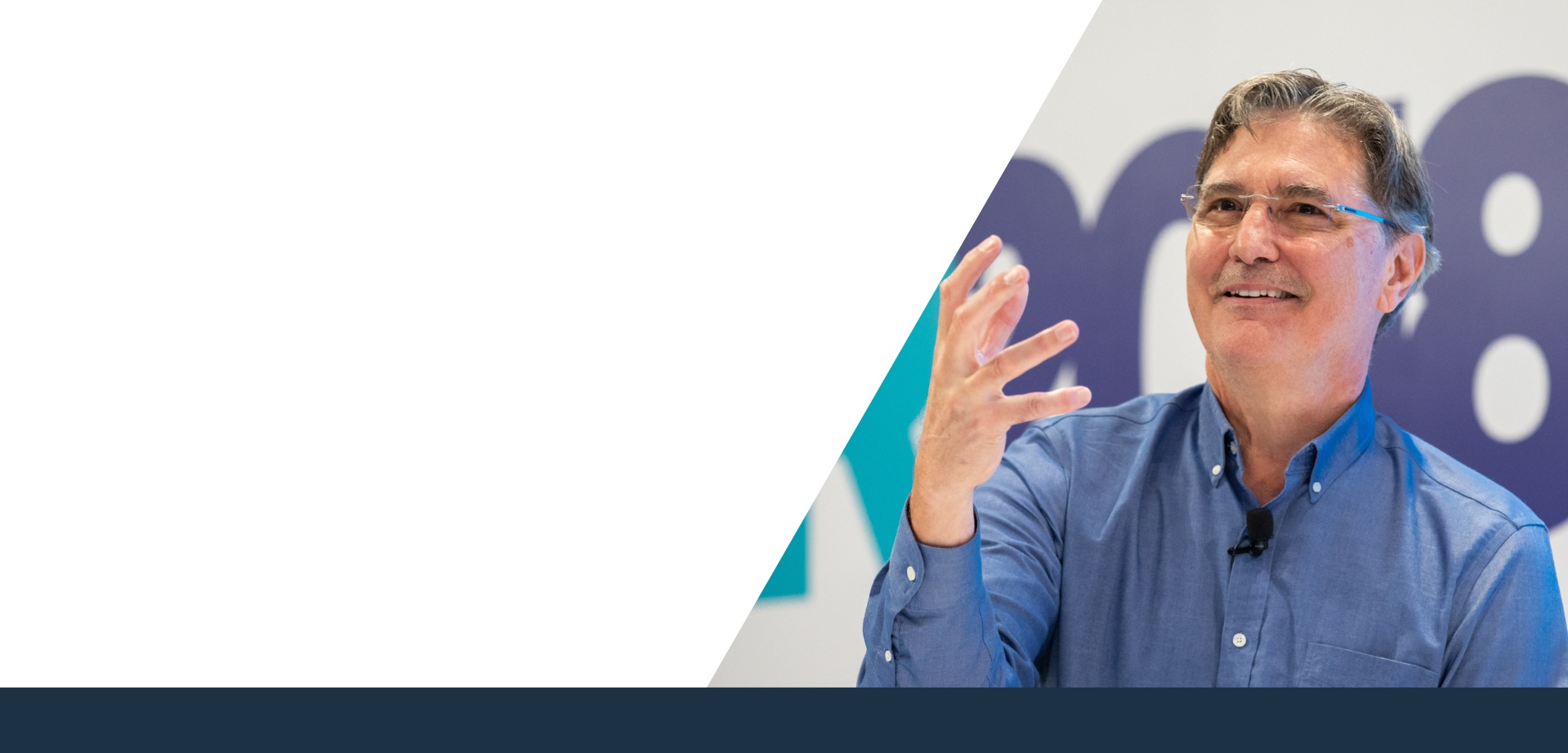
WATCH THE LATEST EPISODE OF “LESSONS FROM MARS”
WORK WITH CARLOS
Organizations of all sizes need to be more agile and collaborative than ever if they’re going to thrive in this complex and volatile world.
THE HIGH PERFORMANCE COLLABORATION FRAMEWORK


Carlos Valdes-Dapena Thinks We’re Doing Team Building Wrong
Known for challenging the conventional wisdom of corporate team-building, Carlos empowers teams to drive higher value to their organizations through High Performance Collaboration. Throughout his 17 year tenure at Mars, Inc., he developed his expertise in collaboration and the keys to group effectiveness through extensive research working directly with brands like M&M’s, Snickers, Uncle Ben’s Rice, and Wrigley’s Gum.
Now, Carlos travels to share his award-winning Framework for High Performance Collaboration with audiences around the world. Through his talks, Carlos not only challenges conventional perspectives on team-building but offers an actionable approach to developing more effective teams and teamwork.

Carlos Valdes-Dapena can share his insights and fresh approach to team effectiveness in a style that is informative, engaging and enjoyable. His presentation may be just what your organization needs if:

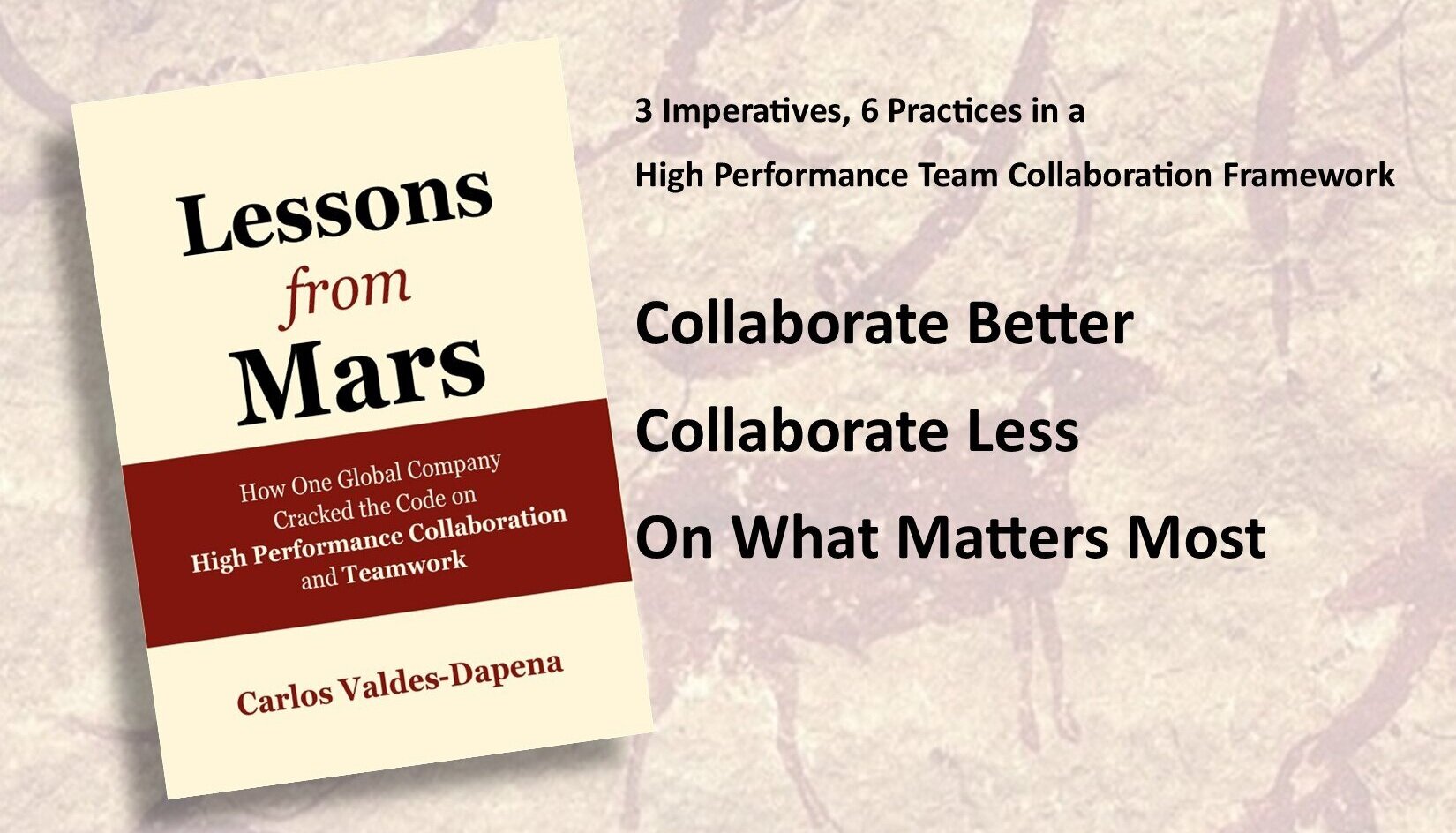



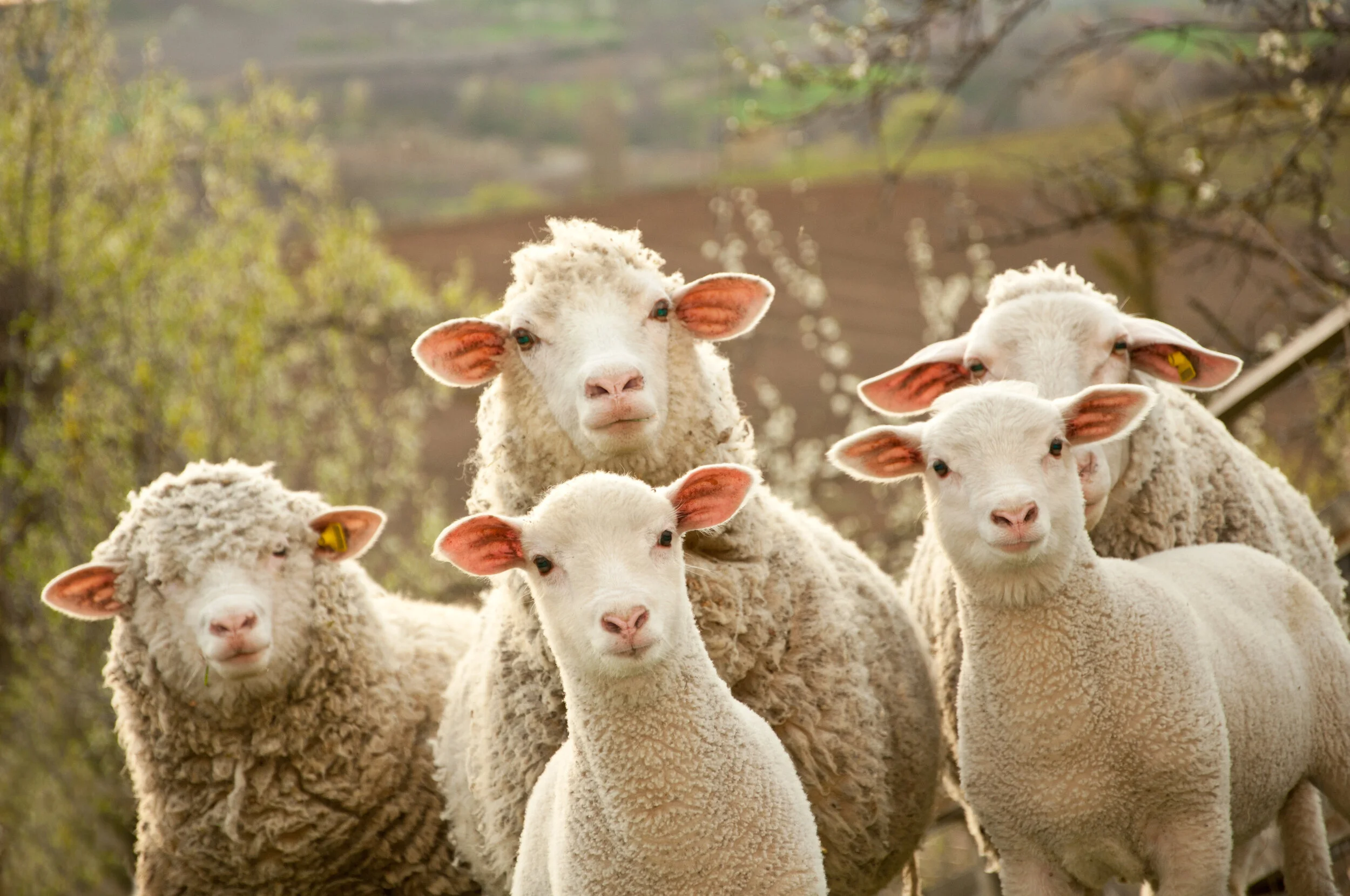





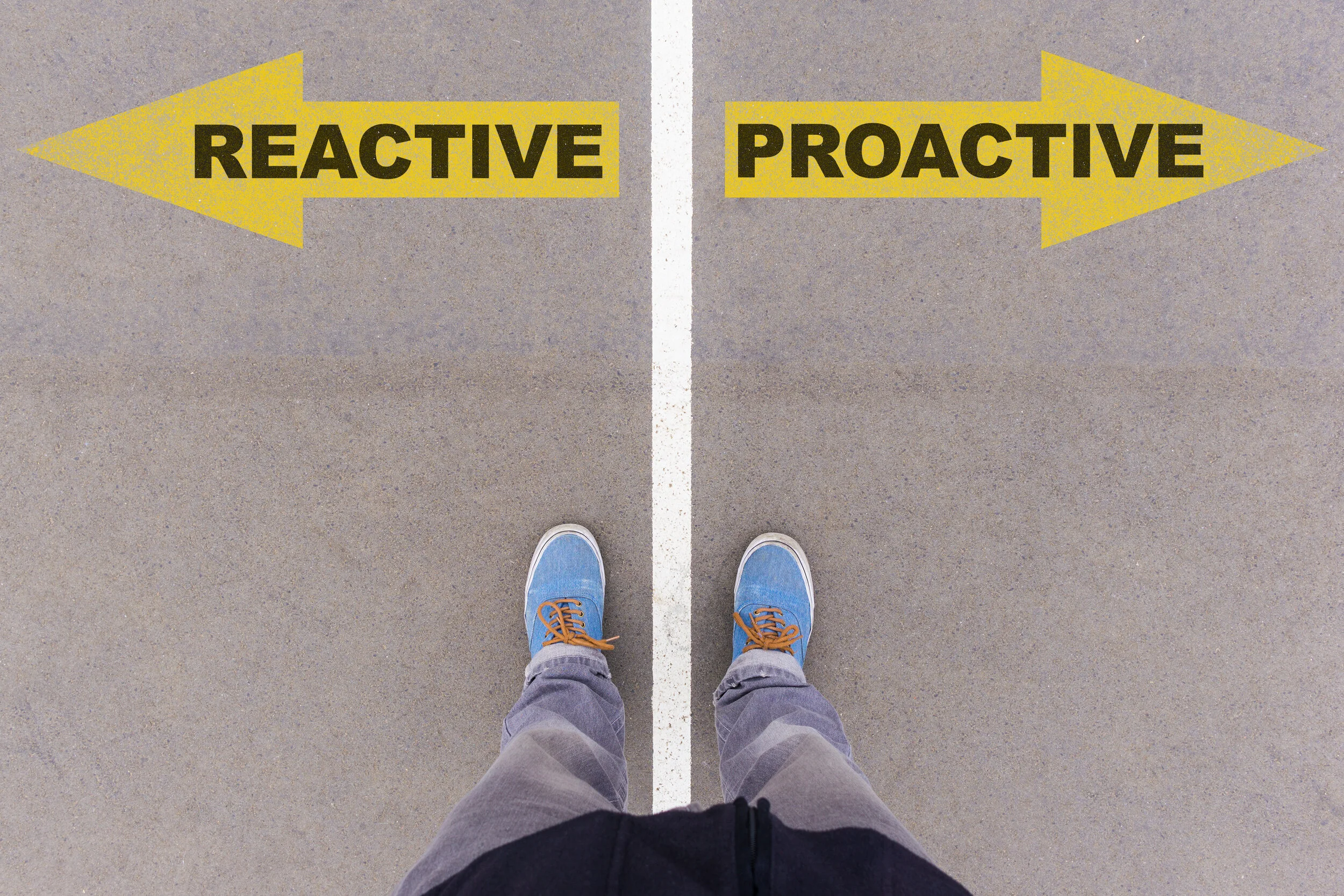
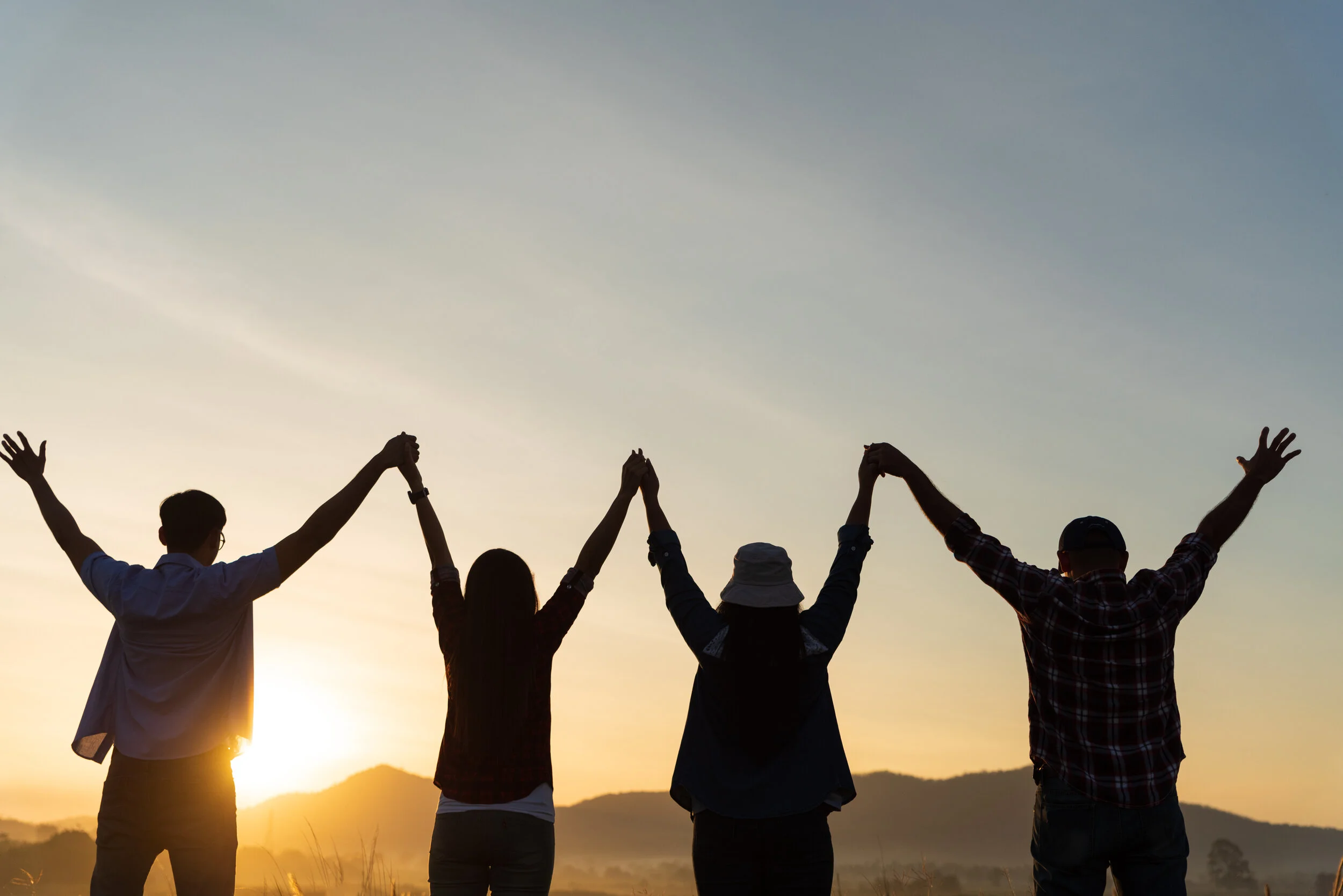

Team greatness comes from regularly applying ideas, but It’s only sustained by teams learning to learn together. When a group finds its rhythm of learning, the payoff is massive. Work products and team dynamics improve. Relationships deepen. The bar of success is continually raised. A team spirit emerges that’s lasting and meaningful to everyone. That’s good news for the team as a whole, for each team member and for the organization.